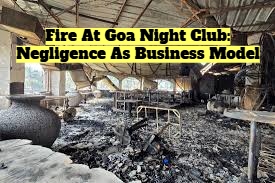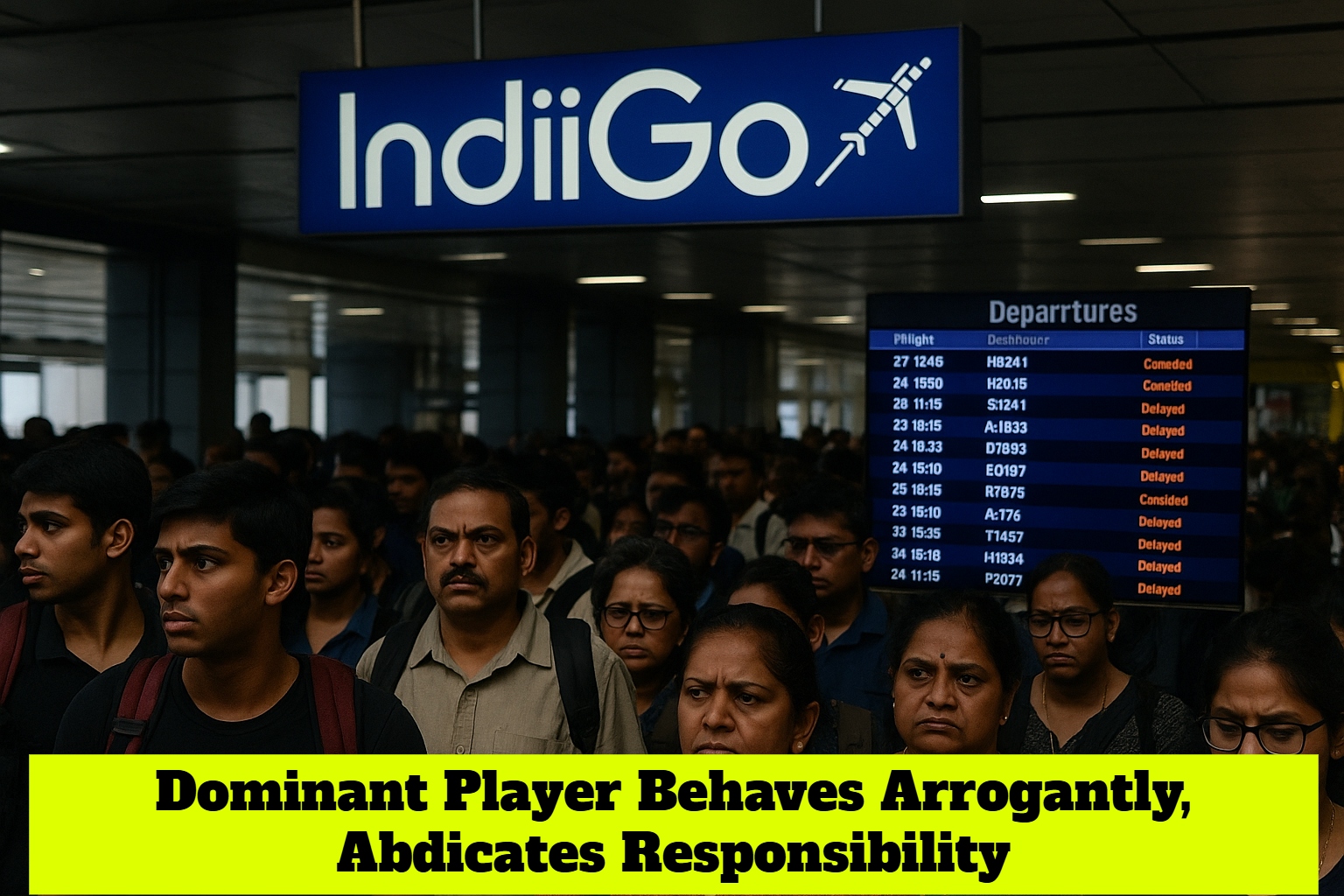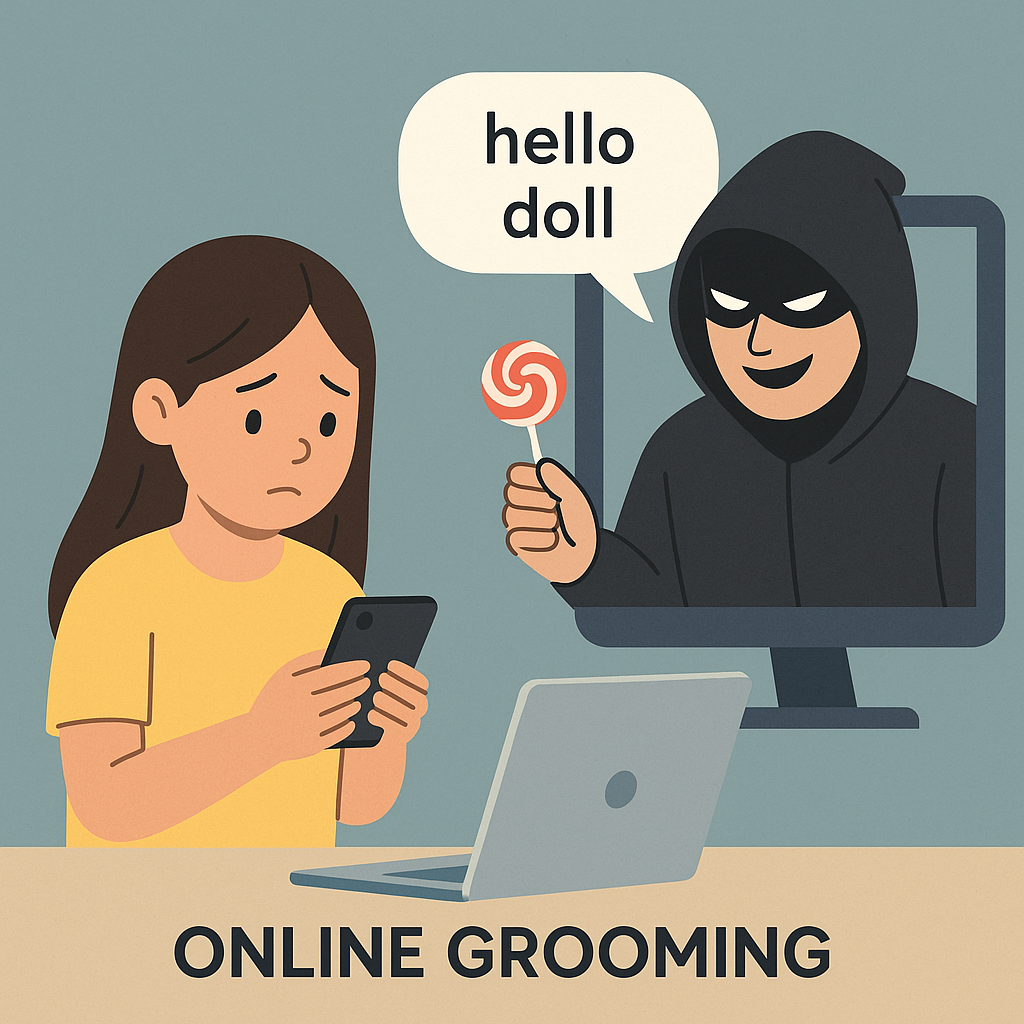

An Attempt to Gag the Media
Media is often described as the fourth pillar of democracy. This description infuses it with a great deal of responsibility. It is supposed to inform the public about the happening in the country and around the world. It is also expected to get the happenings analyzed by in-house or outside experts in a fair manner to let the public know how they will impact society. It is also expected to hold debates and discussions on topics which the editors feel the will be useful and interesting for the public. All this while, it will also have an eye on the readership or TRPââ¬â¢s or page views, because running a media operation is a costly affair and earnings have to keep pace. Once in a while we get to hear about paid news and how the media sells its soul for a few bucks, but by and large, Indian media is independent and fair. By Sunil Garodia
First publised on 2015-09-25 12:28:39
The problems start when the first pillar of democracy, the executive, starts believing that free and fair debate in the media is causing it trouble (which it often loftily says is trouble for the whole country) and starts harassing the media. The extreme happened when the Emergency was imposed and the media was completely gagged. The bigger problem starts when the executive, knowingly and armed with powers it bestowed upon itself, starts differentiating between print and broadcast media.
The I & B ministry has issued notices to three television channels ââ¬" Aaj Tak, ABP News and NDTV 24X7 ââ¬" for violating the programme code prescribed under the Cable Television Network Rules, 1994 (CTNR) ââ¬" for their reporting, analyses and subsequent debate on the Yakub Memon hanging. The main objection is to the phone-in with Chhota Shakeel (a notorious and wanted Mumbai gangster, now absconding) that Aaj Tak and ABP News aired and the programme ââ¬ÅTruth vs Hype ââ¬" The Riddle of Yakub Memonââ¬Â aired by NDTV 24X7.
Before proceeding further, I need to make a confession. As a policy, I watch only selected programmes on news channels. I find most of the other programmes repetitive and useless as most of those called speak at the same time, there is no order, it becomes a farce at times and the anchors behave as if they are know-alls. It puts me off as there is no informed debate.However, that is my personal view and there are millions of people who watch these channels with extreme interest. I have not watched any of the above programmes. Whatever knowledge I have of their content is through reports in the print media.
Having said this, I wish to say that print media articles and editorials were many times stronger in criticism and maybe violated the three points the government cited to haul up the news channels with a greater degree of abandon. The three points of the programme code under the CTNR are:
"No programme should be carried in the cable service which
6(1)(d): Contains anything obscene, defamatory, deliberate, false and suggestive innuendos and half truths;
6(1)(e): is likely to encourage or incite violence or contains anything against maintenance of law and order or which promote anti-national attitudes...[and]
6(1)(g): Contains aspersions against the integrity of the President and Judiciary."
Why is there an urge to control the broadcast media? I can provide a big list of articles and editorials from front line newspapers and magazines that a government bent on harassing the media could have cited to haul them up for all the above three points. But that did not happen. My question is, why this double standard? Why does the government want to put more shackles on the broadcast media? At this rate, in future when digital media is going to rule, there will be more stringent gags on it.
The answer to this question perhaps lies in the defence which the government put up in the Supreme Court when Sec 66A was challenged. The government defended the section till the last in Supreme Court saying that since the reach of the internet was infinitely greater than that of newspapers or journals, there had to be enhanced punishment for matter posted on social media, blogs and other websites. Similarly, the programme code for broadcast journalism backed by government control on licensing and uplinking facilities, shows that the government wants to control its content as it has greater reach. Let the newspapers and journals publish whatever they want to ââ¬" who reads them anyway, seems to be the thinking.
I quote selectively the relevant portions of the submission that the government made before the Supreme Court in the case Shreya Singhal vs Union of India (popularly known as the Sec 66A case):
ââ¬Â¢ The reach of print media is restricted to one state or at the most one country while internet has no boundaries and its reach is global;
ââ¬Â¢ The recipient of the free speech and expression used in a print media can only be literate persons while internet can be accessed by literate and illiterate both since one click is needed to download an objectionable post or a video;
Here, substitute the word internet with television and you get the picture.
The government also recognized that there existed an institutionalized approach in print and broadcast media that ensured certain ethical standards were maintained when it further submitted that:
ââ¬Â¢ In case of other mediums like newspapers, television or films, the approach is always institutionalized approach governed by industry 30 specific ethical norms of self conduct. Each newspaper / magazine / movie production house / TV Channel will have their own institutionalized policies in house which would generally obviate any possibility of the medium being abused.
Then why issue notices now? For the government it is the reach that matters, but the media wants equal treatment across all forms. Is it too much to ask?











